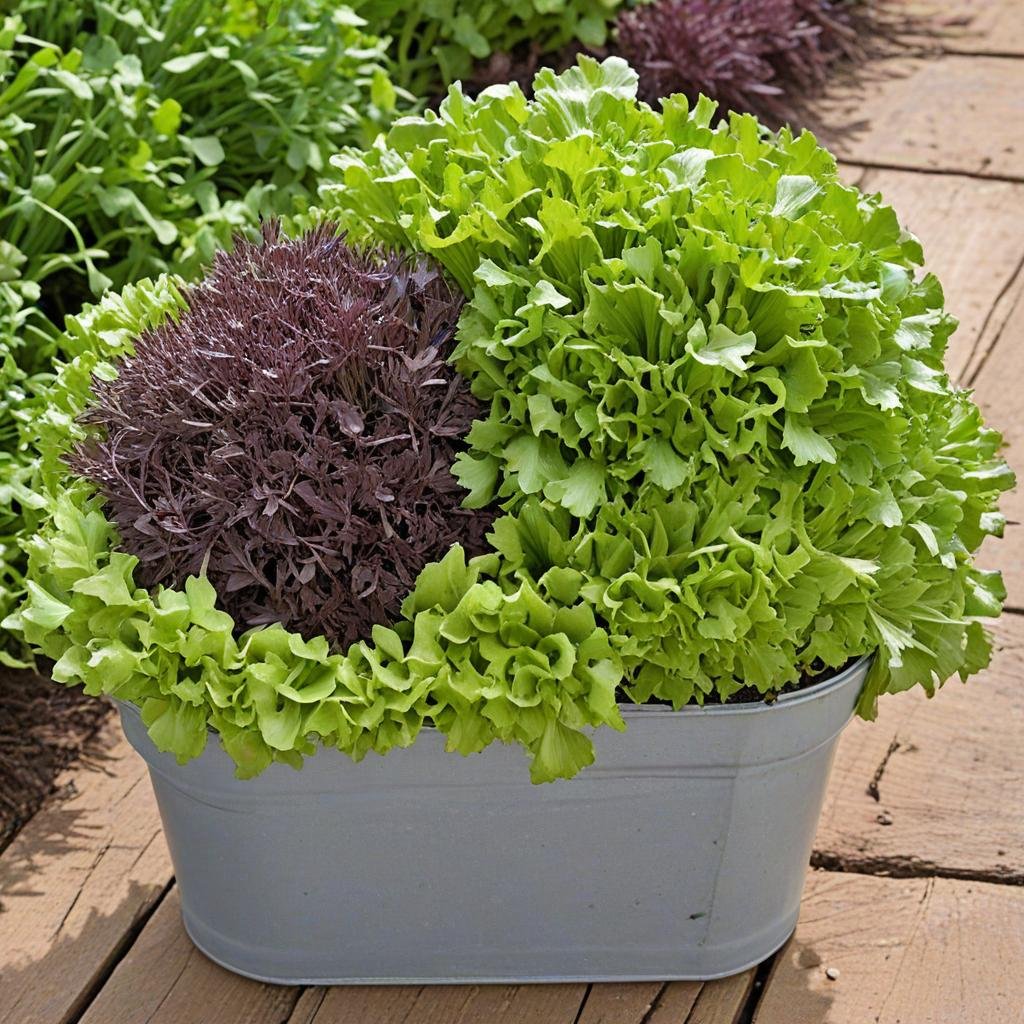Hey there! Wondering what the term companion planting holds? Growing plants and yields in containers is an incredible way to develop your small space garden with nourishment and blooms, undoubtedly if you have restricted space. But did you know that certain plants develop way better when they are matched together? Do you know the proximity of plants with each other creates healthy plant growth? This is called companion planting, and it can make your container garden more profitable and more beneficial.
In this article, we will discuss the complete guide about companion planting, the benefits and some tips and tricks that will definitely help you grow your indoor plant pots. Let us dive into the marvelous world of companion planting in holders!
What is Companion Planting?
Companion planting is the process of developing different variations of plants together to get the most out of these combinations. You can place different kinds of plants close to each other and let them share their good positive energy. A few plants offer assistance to each other by fighting the bothers and insects off, helping in soil well-being or providing shade etc. When companion planting is done the right way, it can lead to more beneficial plants, way better yields, and a more wonderful container garden.
Benefits of Companion Planting
- Bettered Development
A few plants can improve the development and flavor of others. You can place them together just like basil plants help tomatoes in better growth. Do you want to know how basil helps tomatoes? Basil can enhance the taste of tomatoes when developed together as a companion plant.
- Bother Control
Certain plants can watch other plants from bugs and creepy crawlies. Bothers from plant neighbors can affect the yields and that is why nature helps nature in this regard. For example, marigolds are known to repulse aphids, nematodes, and other unsafe creepy crawlies. You can pair marigold with other plants like snake plants, or vegetable plants to ensure safe and healthy development of your indoor plant pots. Indoor fertilizer plants also control bothers and defend plants.
- Space Maximization of Plants
By matching plants with diverse plant development, you can maximize the space in your containers. Altitudinous plants or tall indoor plants can allow shade for lower and small indoor plants thus, making a shade cherishing space as companions.
- Solid Soil
Soil can be enhanced with companion planting. How? You can place nitrogen rich plants with other plants. For instance, vegetables like peas and beans incorporate nitrogen to the soil, which benefits other plants.
Smart Companion Planting Pairs for containers
- Tomatoes and Basil
This classic companion pair not only helps each other fight the bothers and insects off of the container, but also tastes awesome together. Basil can repulse bothers like aphids and tomato horn-worms, and it can improve the flavor of the tomatoes. Both plants are like a couple supporting each other.

- Carrots and Radishes
Companion planting pair with cool benefits is radishes and carrots. You must be curious how radishes help carrots? Well, radishes offer assistance to carrots in breaking up the soil, making it less demanding for carrots to develop long, healthy and straight. Furthermore, radishes grow faster than carrots. It will save space for more carrots in the container and you can assemble the radishes before the carrots require the excess space.
- Lettuce and Chives
Chives can offer assistance in defending aphids and other bothers from your lettuce. Furthermore, they do not take up critical space and can develop well together in a little vessel and small pots like containers.

- Peppers and Marigolds
Marigolds are fabulous at restraining bugs like nematodes and aphids, which can mistreat pepper plants. They moreover add a sprinkle of color to your container garden.
- Cucumbers and Nasturtiums
Nasturtiums act as a trap master. Just like Police trap criminals, so do Nasturtiums for Cucumbers. They pull in aphids and other bothers down from your cucumbers. They too have blooms that include a searing flavor to servings of mixed greens. You can make a salad of these edible flowers.
Tips for Effective Companion Planting in Containers
- Select the Right Holder
Selecting the right container makes a difference in your companion planting. You make sure your container is efficient and sufficient to oblige the root frameworks of both plants. Consider developing estimates and basic needs of the plants when picking your container.
- Quality Soil
Great soil is significant to a fruitful container garden. You can use a quality replanting mix that gives worthy drainage and supplements to the soil.
- Water Shrewdly
Distinctive plants have diverse water necessities. When blending plants in companion planting containers, make beyond any doubt they have closely resembling watering conditions and needs. You can buy self-watering containers and water holding containers like crystal containers. Such water containers will assist keeping up the moist level and dampness in the plants in all circumstances.
- Crop Rotation
The most effective way of all the time is crop rotation. Just like in conventional gardening and planting, turning your plants each season can offer assistance, helping soil decrease the danger of infertility, land depletion.
- Inspection and Care
Keep an eye on your plants for any signs of bugs or complaints. Without any doubt, with companion planting, it is vital to be attentive and address any issues immediately.
Conclusion
Companion planting in holders is a sharp and pleasurable way to plant, especially if you are working with limited space.By blending the right plants together, you can deliver a flourishing, lovely container that benefits from characteristic bug control, better development, and successful utilization of space. So catch your containers, select your plant dyads and pairs, and begin your companion planting trip immediately!




